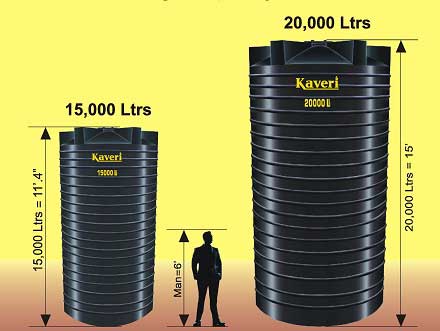|
|
|
|
 |
 Exciting growth of plastic moulded furniture in India. Exciting growth of plastic moulded furniture in India. |
|
 |
|
| |
Plastic moulded furniture has virtually exploded in
the Indian scenario and from a stage of infancy the field has risen
to almost 70 million in volume, consuming almost 170 kt of polypropylene
material. The popularity of plastic furniture has grown since it offers
features unavailable in conventional wooden and metal furniture such
as easy maintenance, light weight, durability and economy. Plastic
furniture is essentially based on composition of polypropylene (PP)
which contains hopolymer to provide rigidity and copolymer to lend
impact. Filler is incorporated at an average level of 15 percent to
enhance rigidity and provide economy. Additionally UV stabiliser system
is incoroporated to impart good outdoor life and antistatic additives
are added to reduce dust collection. There exists around 30 producers
of PP chairs in India though 30% of the top producers corner almost
75% of the market share. Nilkamal Plastics and Supreme Industries
reign as the market leaders in this field. Plastic moulded furniture
could be labelled as environment friendly since it contributes immensely
in saving forests. In fact it has been estimated that around 200 million
cubic feet of forests would be saved in the year 2000. Indeed, a great
achievement!!! The prices of plastic furniture have reduced over the
years and a simple plastic chair is available at a price of Rs.170-180
whereas a value added, luxurious chair which would cost around Rs.1500-2000.
This kind of enhanced economy has been achieved through weight reductions,
which has been scaled down by almost 30 percent. However, the disadvantage
of this phenomena could be that increased weight reductions could
lead to inferior quality of furniture which could eventually prove
to be a dampener and put an end to the growth of plastic moulded furniture.
| (Source: The Economic
Times & Polymers: September-October 2000) |
Previous Article
Next Article
Tell Us What You Want

Large capacity chemical storage tanks
| | | | | | | |
